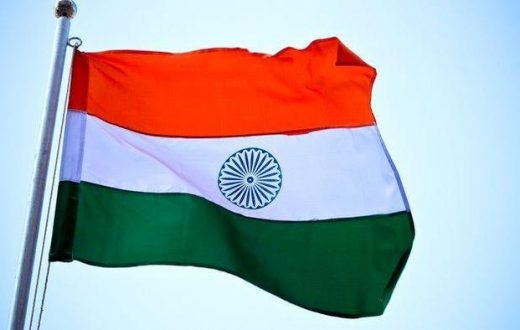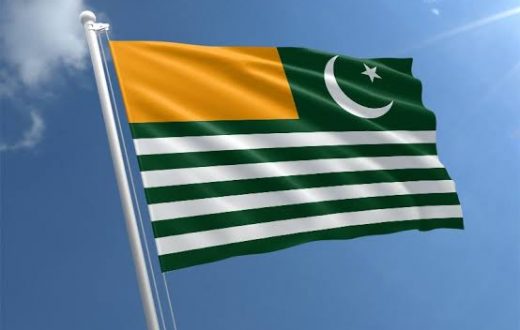The diplomatic lives of these two leaders are somewhat neatly separated by the Second World War and the accompanying international order. They never met personally, although a series of letters which Smuts called ‘paper bombs’ passed between them after the UN Resolution of 1946. When Jan Smuts died and the Cambridge University chancellorship fell vacant, Nehru was the leading choice. However, Nehru did not contest and withdrew because he thought it would be looked upon unfavorably in India.
Their personal biographies have much in common: both were Cambridge-educated lawyers who returned home to immerse themselves in their respective struggles for freedom from British rule, and both were central to the negotiated transitions that followed. These two nation-builders, both scorned by critics at home for being more concerned about international affairs than domestic politics, made defining contributions to world affairs and emerged as world statesmen cut from the finest cloth. Drawn towards the Fabian ideas of English politics, both were often criticized at home for being ‘too English’. Yet, they were Fabians of their respective times.
Smuts was a pre-Second World War politician whose views on race were quite consistent with the mainstream liberal thinking within the Empire. The interwar period of international politics may be remembered for its lofty but misplaced ideals, such as World Government, but there is – even now – little scrutiny of the racism that passed as common sense among white intellectual, supposedly progressive elites. The idea of World Government – the liberal utopia of the times – was as much a racist idea, for ‘uncivilized’ non-Europeans were to be governed through mandates and colonial trusteeship. In contrast, Nehru embodied the post-Second World War moral order of political and racial egalitarianism thrust upon the white world by the decolonized nations. Judged according to the world they lived in and made, Smuts was the most important liberal statesman from the non-Western white world in the post-First World War era, while Nehru emerged as the distinctive liberal statesman of the colored peoples of the world in the post-Second World War era. Just as Smuts was a champion of the decolonizing white world, Nehru spoke as the voice of the decolonizing colored world. Smuts was the brain behind the Wilsonian moment in world politics; Nehru was at the heart of the Bandung moment. Smuts’ ‘romance of the veld’ and Nehru’s ‘revolt against the west’ were both crucial in decentering the international, albeit with different moral, racial and geopolitical consequences.
One can even find strong resonances between Smutsian pan- Africanism and Nehru’s pan-Asianism. From his first public speech in 1895, pan-Africanism appeared in Smuts’ speeches time and again. While more often than not his schemes for Africa were imperialist, towards the latter part of his life he denounced any notions of a ‘United States of Africa’ and a ‘Monroe Doctrine for this continent’ as utopia. Relatively secure of the white rule in the continent by now, in a speech in April 1940 he had suitably modified his pan-Africanism to being an idea about a socially and economically integrated continent. Likewise, Nehru, although sufficiently circumspect about any ideas of a pan-Asian federation that Indian nationalists had started advancing from the early 1920s, organized the Asian Relations Conference in 1947, the first ever conference of Asian leaders. Nehru’s pan-Asianism was imagined more in terms of an alternative world order. Asia, for him, could emerge as an ‘area of peace’, comprising countries outside bloc politics. Finally, if Smuts imagined the British Commonwealth of Nations as the most apt representation of his holism, Nehru went a step further and imagined ‘One World’. Both, in some ways, cautioned against arriving too early at a conception of evil within the liberal paradigm. Smuts sympathized with a defeated Germany after the First World War and Nehru pushed for a more sympathetic consideration of communist countries such as the USSR and China. In their own ways, they engineered ideas that were subversive in one context but terribly imperialist in another. For every South-West Africa that Smuts was not willing to sacrifice for his idealism, Nehru had his Kashmirs.
An instructive example of this is their approach to the Commonwealth and how each engineered subversive shifts in the understanding of this institution. When Smuts first articulated his idea of the British Commonwealth in the mid-1910s, it was proposed against the idea of a unitary colonial state – Imperial Federation – in circulation at the time. Smuts’ idea of a British Commonwealth was more of a spiritual unity under the British Crown within which the dominions and India would enjoy relative autonomy (even in foreign policy). The autonomy of the dominions and India was important for Smuts, and the Commonwealth developed along these lines after the First World War. However, for Smuts, two institutions were central to the idea of the Commonwealth: the British monarchy and the imperial conferences.
This understanding of the Commonwealth was first challenged by Nehru and India’s independence. In the decolonizing Commonwealth, both the monarchy and the control of Britain were seen as signifiers of a colonial past. For Nehru, the Commonwealth was not a spiritual Empire, as Smuts had argued, but an organization for the people, united by a common history and liberal values. He redefined the Commonwealth by doing away with the physical hegemony of Britain, while retaining its intellectual and moral hegemony. In his last days, Smuts regretted this change and was deeply critical of India remaining in the Commonwealth despite being a republic.
Towards the end of their lives both looked like misfits in the world they helped make. Smuts’ liberalism was past its sell-by date, as he increasingly faced jibes of being a hypocrite at the UN in 1946. He never visited the UN again. Likewise, Nehru’s proclamations of a human rights-based world order were contrasted against his government’s violent actions in Kashmir, Hyderabad, Goa and Nagaland. Two years before his death, Nehru received a rude shock that his visions of a new world order, based on what the Australian scholar Priya Chacko calls Nehru’s theory of friendship, were hopelessly unrealistic. He never recovered from military defeat at the hands of China in 1962 and died a dejected man.
The worlds and worldviews of Jan Smuts and Jawaharlal Nehru were separated by what Du Bois called a ‘color line’. The global visions of Smuts and Nehru were informed by two opposite racial imaginings of liberalism. But within the liberal framework, Nehru also plays the role of Smuts’ successor as one who makes liberalism racially and politically inclusive but is also constantly troubled by the sometimes hypocritical nature of his own actions
David İmoisi, originally from Nigeria, is currently studying international relations at Yakin Dogu Universitesi in Cyprus. His interests revolve around international politics and diplomacy.







